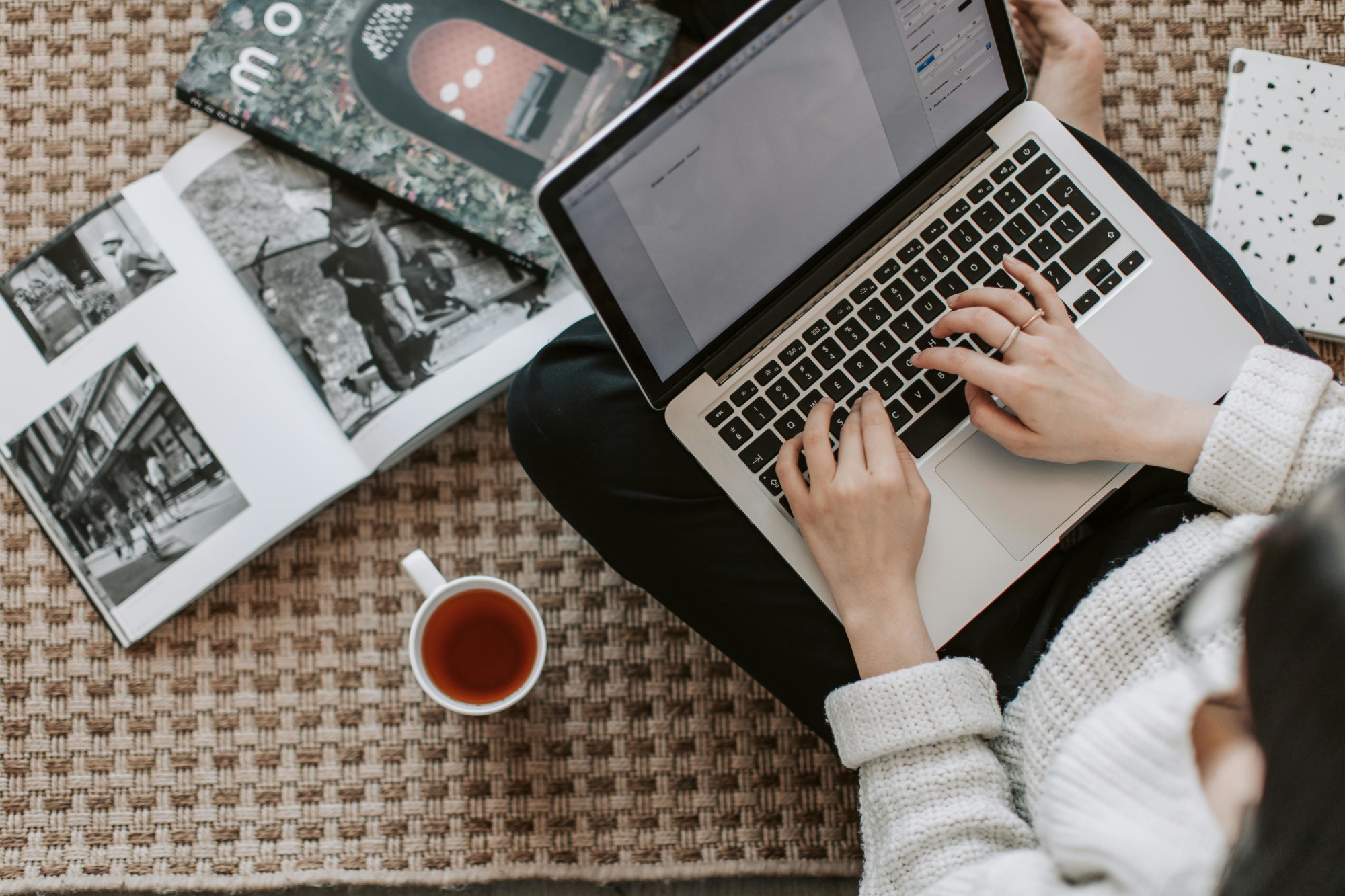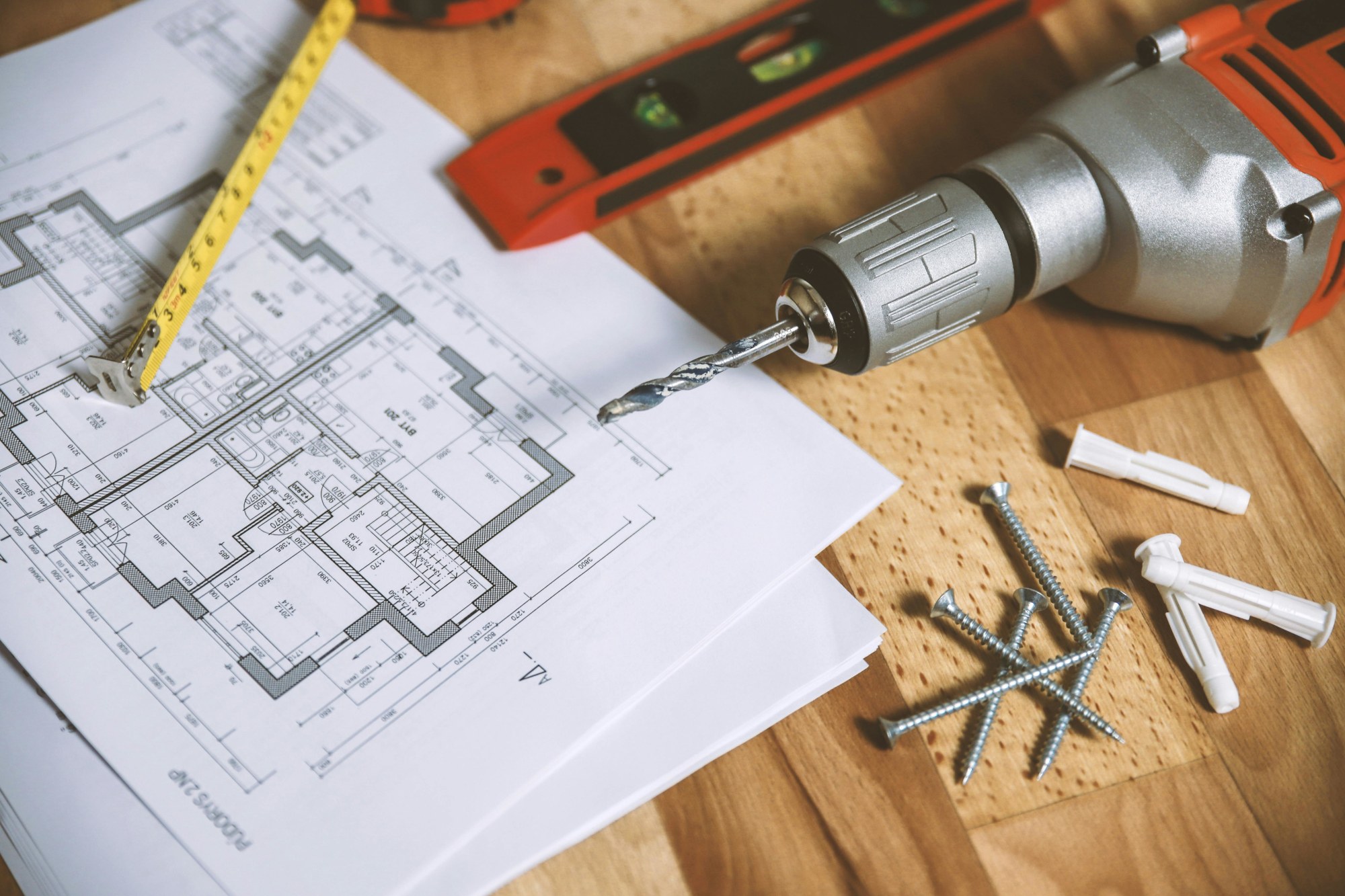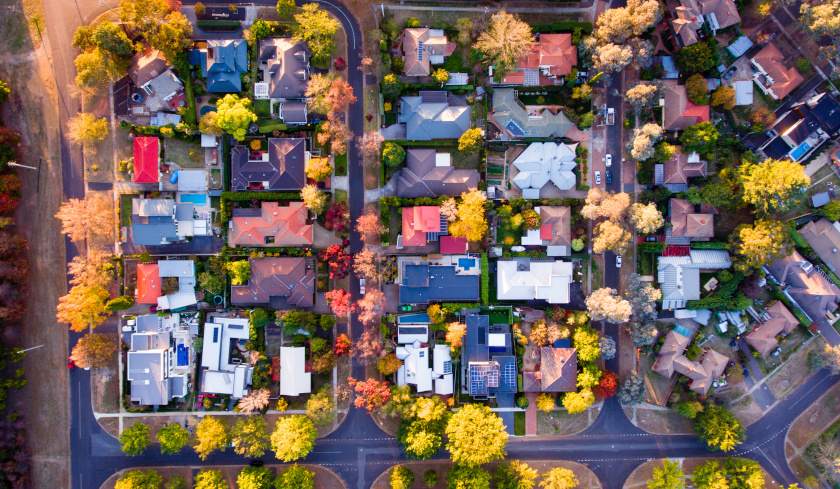Invest
How to buy an investment property without a deposit
Buying an investment property without a deposit may sound like a difficult undertaking, but it’s not impossible.
How to buy an investment property without a deposit
Buying an investment property without a deposit may sound like a difficult undertaking, but it’s not impossible.

The process of buying a home, whether owner-occupied or investment property, can be a long, drawn-out process. But most people would tell you that the hardest part is actually saving up for the initial down payment or deposit.
Otto Dargan, director of homeloanexperts.com.au, even said that saving for a deposit for his first investment property was like “running after a speeding train” because property prices continue to rise as he was hurrying to save up.
The general recommendation for a deposit is a lump sum equivalent to at least 20 per cent of a property’s value. And with the current house prices, a 20 per cent deposit can be a lot of money, often clocking in at six figures.
But the good news is you don’t have to save 20 per cent for a deposit. Buying an investment property with little to no deposit can be difficult, but not impossible. Here are some ways you can buy an investment property with little or no down payment.

Can you get a home loan with no deposit?
You can buy an investment property with no deposit but it isn’t as simple as it used to be. After the 2008 global financial crisis, Australian lenders tightened their lending criteria and have become more wary of a 100 per cent home loan due to the high risks associated with it. As a general rule, 100 per cent home loans (without special conditions) don’t exist as an actual financial product among Australian lenders.
If you are lucky enough to get approved for a home loan of 100 per cent of the purchase price of an investment property, there are usually certain conditions attached to these mortgages. This includes having a guarantor on the loan or other case-by-case exceptions based on income or a person’s repayment history.
But don’t lose hope! Even if you are a low-income earner, there are several options and arrangements you can make to purchase an investment property and start your portfolio.
Chances are you’ll need to save only a minimum of 5 per cent of the purchase price to secure a home loan. Most lenders will accept this deposit percentage, but they will typically charge lender’s mortgage insurance (LMI) on home loans with deposits smaller than 20 per cent. However, an LMI can add up to $100,000 to the cost of the loan, so make sure you talk with a financial adviser or your bank before you choose this option.
Which no-deposit solution is right for me?
While there are no publicly offered no-deposit loans, there are several routes you may take to purchase your dream investment property without paying a huge lump sum. Here are some ways you can potentially buy a house with little to no deposit.
Option 1: Guarantor loans
The only legitimate way to borrow 100 per cent to buy an investment property these days is with a guarantor. A guarantor is usually a family member who has their own property and can guarantee your deposit.
You, as a borrower, will make your repayments like any other home loans, but the guarantor is held partly responsible if you are not able to meet your repayments. Depending on the agreement, a guarantor can cover part or all of a deposit, or even the entire loan itself. To learn more about being a guarantor, read here.
Under this loan, your guarantor can provide a limited guarantee for your mortgage, allowing you to borrow 105 per cent of the purchase price, with no deposit and your LMI will be waived.
But there is a catch. Most banks will not green-light a guarantor loan for an investment property due to the associated risks that come with an income-generating property. If you are planning to make your parents your guarantor, some banks may turn you down if they are in retirement or they are paying their own loan on their property.
You may talk to a mortgage broker who can help you find which banks can help you get a guarantor loan on your property.
Option 2: 100 per cent LVR home loan lenders
There are some smaller or specialist lenders in the industry who offer their own versions of 100 per cent home loans, but they’re very scarce and far between.
Typically, these lenders apply very strict criterias on who can qualify for no-deposit home loans. Another downside to this type of loan is having a significantly higher interest rate (averaging 6.5 per cent pa).
Here are some of the common requirements for no-deposit borrowers:
- High credit score
- Minimum salary of $150,000 per year for singles and $180,000 for couples
- A tertiary education
- Continuous employment record (preferably three years or more)
The key takeaway is the minimum salary requirement. If your income is within the threshold, you probably won’t have any problems earning enough for a deposit, and it will be more advisable for you to apply for any other kind of loan with a significantly lower interest rate.
Option 3: Buying your first home as an investment property
If you’re a first home buyer, you can use the First Home Owners Grant to buy an investment property. Under this scheme, you can buy a home without an LMI. However, the amount provided by this grant is often not going to be enough for a down payment. The amount also varies per state. If you are planning to avail this, borrowers are still advised to save up a deposit of at least 5 per cent of a property’s value.
Option 4: Use your existing equity to purchase an investment property
If you already own a property, you can use your existing equity as a deposit. By using the available equity in your current home, you can borrow more than 80 per cent of the value of the investment property without paying LMI because the new investment property loan will be secured through your existing equity. If you have enough equity in your current property, then it won’t be necessary for you to save up for a down payment.
Option 5: Buy through SMSF
If you have over $150,000 in your superannuation balance, you can set up a self-managed superannuation fund (SMSF) to purchase a property. However, you must clearly declare your intention that the property to be purchased is to be used for investment purposes and not to be occupied as a private home. With this method, you can borrow up to 80 per cent of the purchase price and you do not need to save up because your super will act as a deposit.
The downside? This is a very complex and risky strategy to buy a property that requires financial advice before you start. Make sure you are eligible for this loan and don’t forget to do your research on SMSFs.
Conclusion
There are several ways to buy an investment property with little to no deposit. The key is finding the right strategy that will fit your financial situation.
Explore nestegg to learn more about investment properties.

Property
North platform adds household reporting feature to boost adviser efficiency
AMP's North platform has launched consolidated household reporting across multiple client accounts, helping financial advisers streamline their client review processes. Read more

Property
What Adds The Most Value To Properties?
Wondering how to up the value of your property? Properties are worth a lot of money in general, but there’s always a way to maximise value. The good news is that most of the things you can do to ...Read more

Property
Centuria reports strong growth in alternative real estate sectors for FY24
Centuria Capital Group has reported significant growth in alternative real estate sectors for the 2024 financial year, driving stable performance and increased guidance for FY25. Read more

Property
How to leverage equity in your home for investment or renovation
Home equity, the value of your property minus any debts owed, is a powerful financial resource many homeowners in Australia can utilize to further their financial goals. Whether you're looking to ...Read more

Property
Exploring REITs: Real estate investment without buying property
Real Estate Investment Trusts (REITs) offer a compelling investment alternative for those interested in the real estate market but may not want to endure the complexities and capital requirements of ...Read more

Property
Retirement communities: a pivotal element in meeting Australia's housing targets
The Retirement Living Council (RLC) has recommended that retirement communities should be considered a vital part in the Australian Government's initiative to fulfill the Housing Australia Future Fund ...Read more

Property
Australians adjust financial strategies amid changing property market dynamics
The 2023 calendar year saw Australian borrowers acquiring a total of $300.9 billion in new loans for property purchases, marking a 12.7% decrease from the previous year. Read more

Property
Split home loans unlocking doors for Aussie buyers
Australians are teaming up to dive into the real estate market and seize the advantages of home ownership, with the trend of split home loans surging as family and friends unite to buy properties ...Read more

Property
North platform adds household reporting feature to boost adviser efficiency
AMP's North platform has launched consolidated household reporting across multiple client accounts, helping financial advisers streamline their client review processes. Read more

Property
What Adds The Most Value To Properties?
Wondering how to up the value of your property? Properties are worth a lot of money in general, but there’s always a way to maximise value. The good news is that most of the things you can do to ...Read more

Property
Centuria reports strong growth in alternative real estate sectors for FY24
Centuria Capital Group has reported significant growth in alternative real estate sectors for the 2024 financial year, driving stable performance and increased guidance for FY25. Read more

Property
How to leverage equity in your home for investment or renovation
Home equity, the value of your property minus any debts owed, is a powerful financial resource many homeowners in Australia can utilize to further their financial goals. Whether you're looking to ...Read more

Property
Exploring REITs: Real estate investment without buying property
Real Estate Investment Trusts (REITs) offer a compelling investment alternative for those interested in the real estate market but may not want to endure the complexities and capital requirements of ...Read more

Property
Retirement communities: a pivotal element in meeting Australia's housing targets
The Retirement Living Council (RLC) has recommended that retirement communities should be considered a vital part in the Australian Government's initiative to fulfill the Housing Australia Future Fund ...Read more

Property
Australians adjust financial strategies amid changing property market dynamics
The 2023 calendar year saw Australian borrowers acquiring a total of $300.9 billion in new loans for property purchases, marking a 12.7% decrease from the previous year. Read more

Property
Split home loans unlocking doors for Aussie buyers
Australians are teaming up to dive into the real estate market and seize the advantages of home ownership, with the trend of split home loans surging as family and friends unite to buy properties ...Read more








